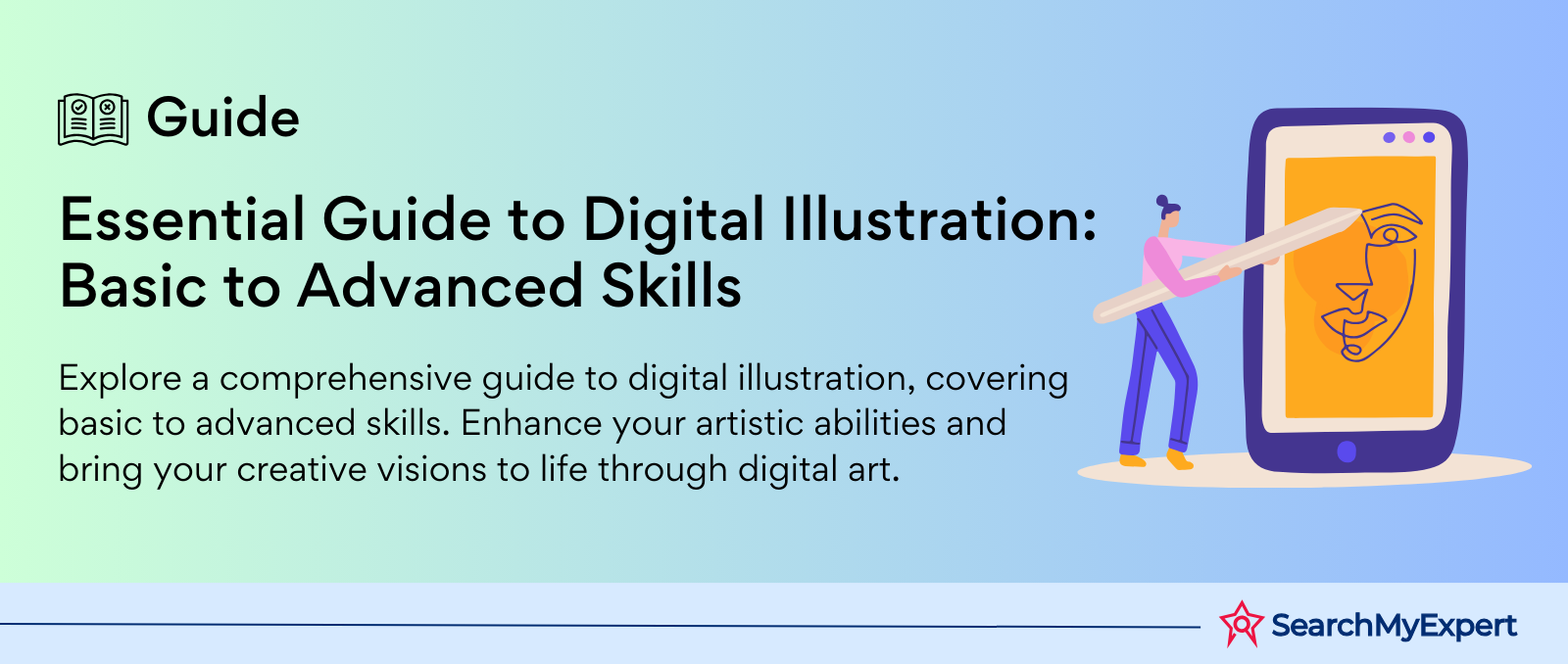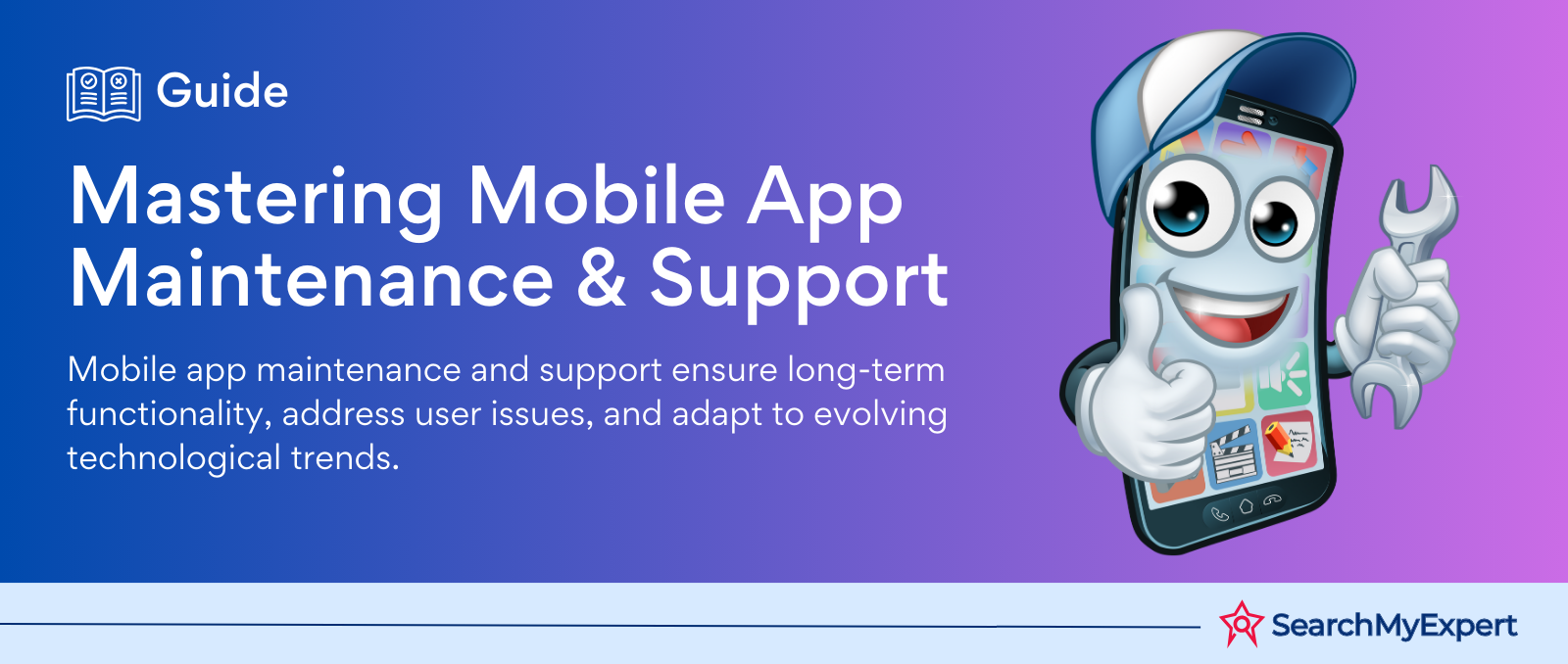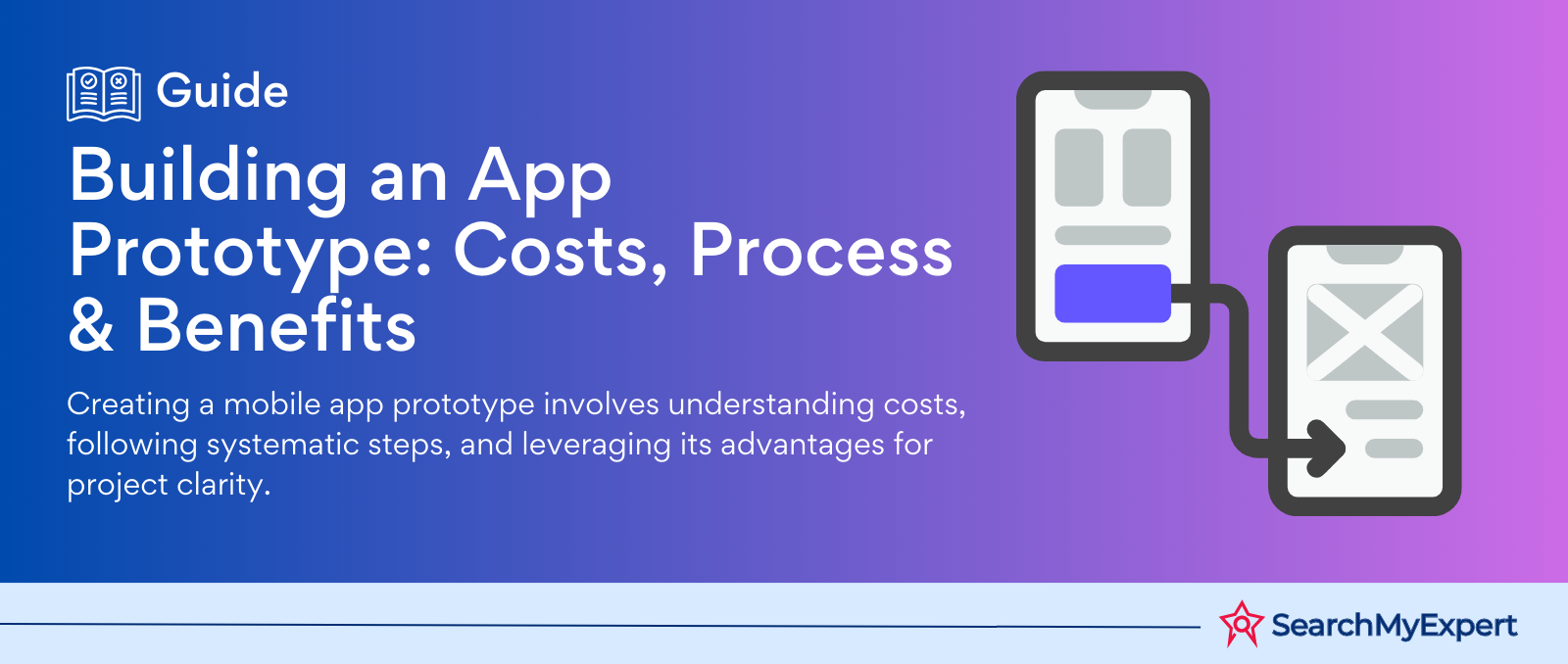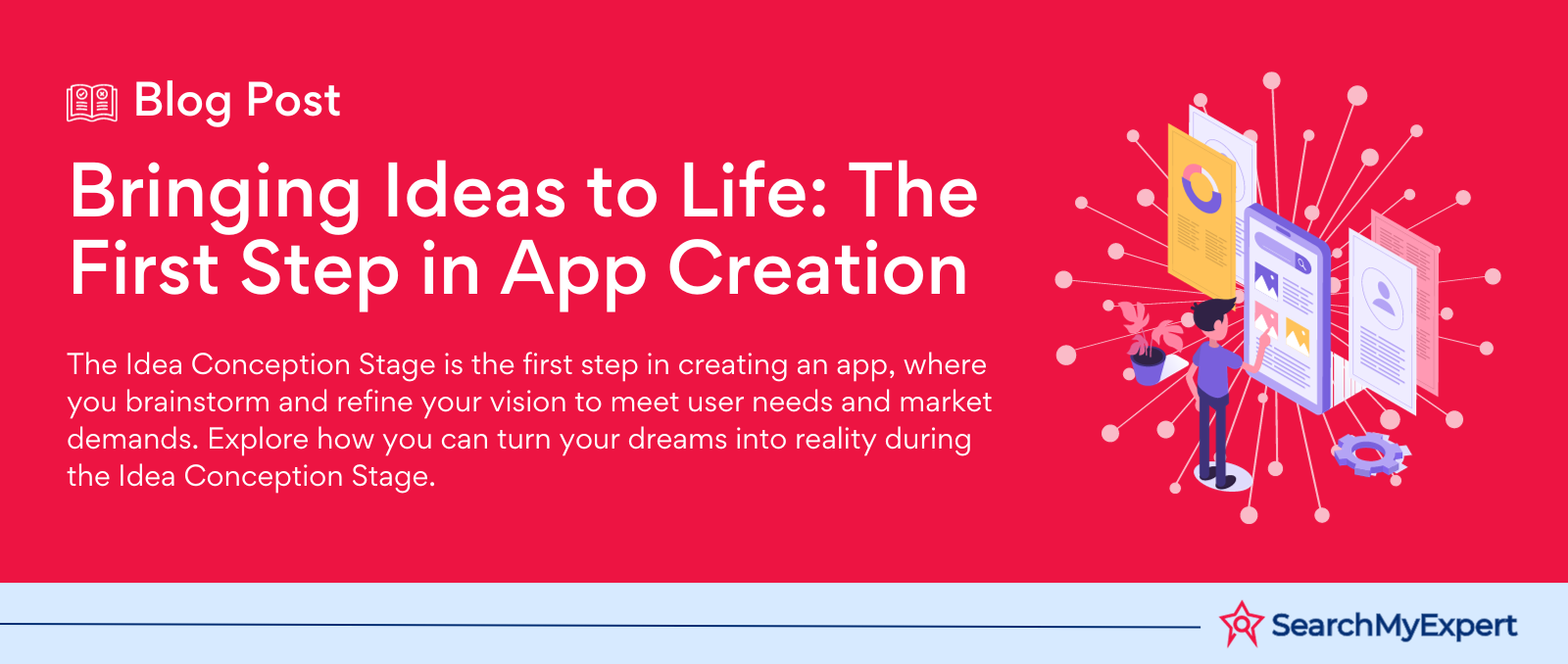A Comprehensive Guide to Digital Illustration: From Basic to Advanced Skills

Digital Illustration Techniques
Setting the Stage
What is Digital Illustration? Defining the Concept and Its Advantages
Digital illustration represents the intersection of art and technology, where creativity meets the digital realm. It's an art form where artists use digital tools to create visuals. This practice has revolutionized the way we perceive, create, and share art. Let's dive into what makes digital illustration a unique and powerful medium.
The Magic of Digital Art
- Limitless Creative Freedom: The digital canvas offers infinite possibilities, unbound by the constraints of physical media.
- Undo and Redo: The power to undo mistakes grants artists the freedom to experiment without fear.
- Versatility: From pixel art to hyper-realistic paintings, digital art embraces diverse styles.
- Efficiency and Speed: Digital tools can speed up the creative process, making it ideal for fast-paced industries like advertising and entertainment.
- Eco-Friendly: Digital art eliminates the need for physical materials, making it a more sustainable choice.
Exploring Hardware and Software Options
The right tools can significantly enhance the digital illustration experience. Let's explore some popular choices.
Hardware: Tablets and Styluses
- Drawing Tablets: These are essential for digital artists. They range from basic models like the Wacom Intuos to advanced ones like the Wacom Cintiq.
- Styluses: A stylus is your digital brush. Features like pressure sensitivity and tilt recognition are crucial for a natural drawing experience.
Software: Bringing Ideas to Life
- Adobe Photoshop: A titan in the digital art world, known for its versatility and powerful tools.
- Procreate: A favorite among iPad users, renowned for its intuitive interface and fluidity.
- Clip Studio Paint: Loved by comic artists and illustrators for its focus on drawing and painting.
Building Your Canvas
Understanding File Formats: Vector vs. Raster
In digital illustration, choosing the right file format is crucial. Let's break it down:
- Vector Files: Think precision. Vector graphics use mathematical formulas to create art that's scalable without losing quality. Formats like SVG, EPS, and AI are typical.
- Raster Files: These are about pixels. Formats like JPG, PNG, and TIFF fall here. They're great for detailed, complex images but can lose quality when resized.
Creating Effective Composition
To create visually appealing illustrations, the composition is key. Here are some principles:
- Balance: It's about visual weight. Symmetry for calmness, asymmetry for dynamic.
- Rule of Thirds: Imagine dividing your canvas into thirds both horizontally and vertically. The intersection points are where you should place your key elements.
- Focal Points: Where do you want eyes to linger? Use contrast, color, and placement to draw attention.
Layering for Flexibility
Layers in digital art are like transparent sheets stacked on one another. They offer:
- Organization: Keep different elements separate for easy management.
- Experimentation: Test colors, effects, and positions without altering the underlying work.
- Editing Ease: Mistakes? Just tweak the specific layer without disturbing the whole artwork.
Drawing and Linework
Mastering Basic Digital Brushes
In the world of digital illustration, brushes are your magic wands. Let's dive into how to master them:
- Experimentation: Each brush has its unique texture and effect. Try different types to find what suits your style. Play with settings like opacity, flow, and hardness.
- Texture and Effects: Brushes aren't just for lines. They can mimic textures like watercolor, oil paint, or charcoal, adding depth and realism to your art.
Developing Linework Techniques
Linework is the backbone of digital illustration. Here's how to polish it:
- Line Styles: From thick to thin, dashed to solid, each line style communicates differently. Use variety to add interest and depth.
- Pressure Sensitivity: If your tablet supports it, use pressure sensitivity to vary line thickness. It adds a natural, dynamic feel.
- Stabilization Tools: These are lifesavers for smooth lines. They help in reducing hand jitter and achieving clean, flowing strokes.
Inking and Refining Lines
The final touch in drawing is inking and refining. Focus on:
- Cleaning up Sketches: Erase unnecessary lines, refine shapes, and prepare for the final inking.
- Correcting Lines: Use editing tools to adjust curves and angles. Aim for precision.
- Ink Accents: Inking isn't just tracing; it's enhancing. Add weight to lines where shadows fall, and keep lines lighter where light hits.
Coloring and Shading
Color Theory Basics
Color brings life to digital art. Here’s the essence of color theory:
- Primary Colors: Red, blue, and yellow - the building blocks.
- Secondary Colors: Mix two primaries, and voila! Green, orange, and purple.
- Complementary Colors: Opposites on the color wheel. Think red and green, blue and orange. They create high contrast and vibrant looks when used together.
Flat Coloring Techniques
Flat coloring is the foundation. Let’s explore:
- Filling Shapes: Use the fill tool for efficient coloring within defined boundaries.
- Selection Techniques: Magnetic lasso, magic wand, or pen tool – choose wisely to select areas for coloring without spilling over the lines.
Adding Depth with Shading and Blending
Shading and blending transform flat art into something dynamic. Here's how:
- Gradients: They add a smooth transition between colors. Use them for skies, reflective surfaces, or simply to add interest.
- Shadows and Highlights: Understand the light source to add shadows. Shadows add weight and grounding, while highlights suggest light’s reflection.
- Blending: Soften the transitions between colors for a more realistic look. Use blending tools to merge colors seamlessly.
Enhancing Your Artwork
Texture and Detailing
Textures and details are the cherries on top. Let's delve in:
- Textures: Think grain, fabric, or brush strokes. They add depth and tactile feel. Use texture brushes or overlay texture images.
- Patterns: Repeating elements, be it geometric or organic, patterns add rhythm and interest.
- Drop Shadows: A subtle shadow can lift elements off the page, creating a 3D effect and adding realism.
Special Effects and Lighting
Lighting and effects are like the magic spells of digital art. Here’s how to use them:
- Filters: From blur to sharpen, filters can dramatically alter the mood.
- Blending Modes: Multiply, screen, overlay – each blending mode interacts differently with the layers beneath it. Experiment to find the perfect mood.
- Lighting Effects: Understand the light source to add highlights, glows, or even lens flares for a dramatic effect.
Text and Typography
Text in art? Absolutely! Here’s how:
- Integrating Text: Make sure your text complements the artwork. It should feel like part of the scene.
- Fonts and Placement: Choose fonts that match the illustration’s style. Placement is key – it should be readable without overpowering the imagery.
Polishing and Finishing Touches
Cropping and Resizing
The final composition tweak. Let's focus:
- Cropping: Trim out unnecessary parts or adjust the composition to enhance the visual appeal.
- Resizing: Ensure the resolution fits your intended use – high for print, optimized for the web.
Color Correction and Adjustments
The last check on colors. Here’s what to do:
- Color Balance: Adjust the hues to ensure harmony across your artwork.
- Contrast and Saturation: Tweak these to make your colors pop or to create a more subtle, toned-down effect.
Exporting and Sharing
Time to show the world. Remember:
- File Formats: JPG or PNG for web, TIFF or PDF for print.
- Resolution and Size: Keep it high for print, lower for web to ensure fast loading.
- Platforms: Consider the platform (Instagram, Behance, personal website) as each may have different requirements.
Beyond the Basics
Exploring More Advanced Techniques
Dive deeper into the world of digital art. Here's what's next:
- Vector Illustration: Adobe Illustrator and similar software open a new realm. Perfect for scalable graphics like logos and UI elements.
- 3D Rendering: Blend 2D and 3D to create depth and realism. Software like Blender can be a great asset.
- Animation Possibilities: Bring your illustrations to life with motion. Even simple animations can add a dynamic aspect to your work.
Building Your Digital Illustration Portfolio
Your portfolio is your visual resume. Tips to enhance it:
- Showcasing Your Work: Select your best pieces. Quality over quantity.
- Inspiration: Follow other artists. Learn, but develop your unique style.
- Artistic Voice: Consistency in your work helps in building your brand identity.
Finding Freelance Opportunities and Markets
Turn your passion into a profession:
- Freelance Platforms: Websites like Upwork, Fiverr, or Behance are great to start.
- Selling Artworks: Consider platforms like Etsy or Society6 for selling prints or digital copies.
- Networking: Engage in communities, both online and offline. Networking is key in the freelance world.
Conclusion
Mastering digital illustration is a journey of continuous learning and creativity. From understanding the basics of drawing and linework, to exploring the depths of coloring, shading, and adding intricate details, each step builds upon the last, paving the way to more advanced techniques like vector illustration, 3D rendering, and animation. As you develop your unique artistic voice and build a diverse portfolio, you open doors to exciting freelance opportunities and markets. Embrace the endless possibilities of digital illustration, and let your artistic journey be as dynamic and evolving as the medium itself.
Unleash your brand's digital potential with Digital Design Agencies.
share this page if you liked it 😊
Other Related Blogs

Mastering Docker for App Development: A Comprehensive Guide to Benefits, Use-Cases, and Alternatives
STAY UP TO DATE
GET PATH'S LATEST
Receive bi-weekly updates from the SME, and get a heads up on upcoming events.
Contact Us











